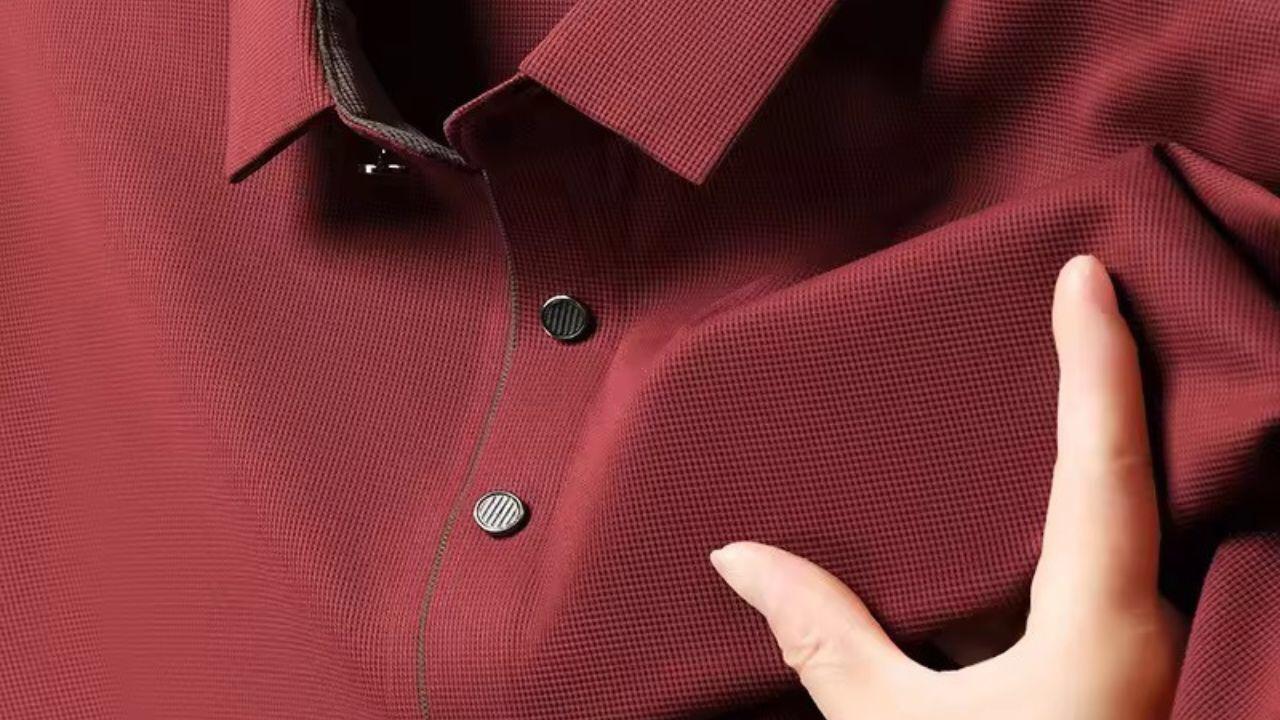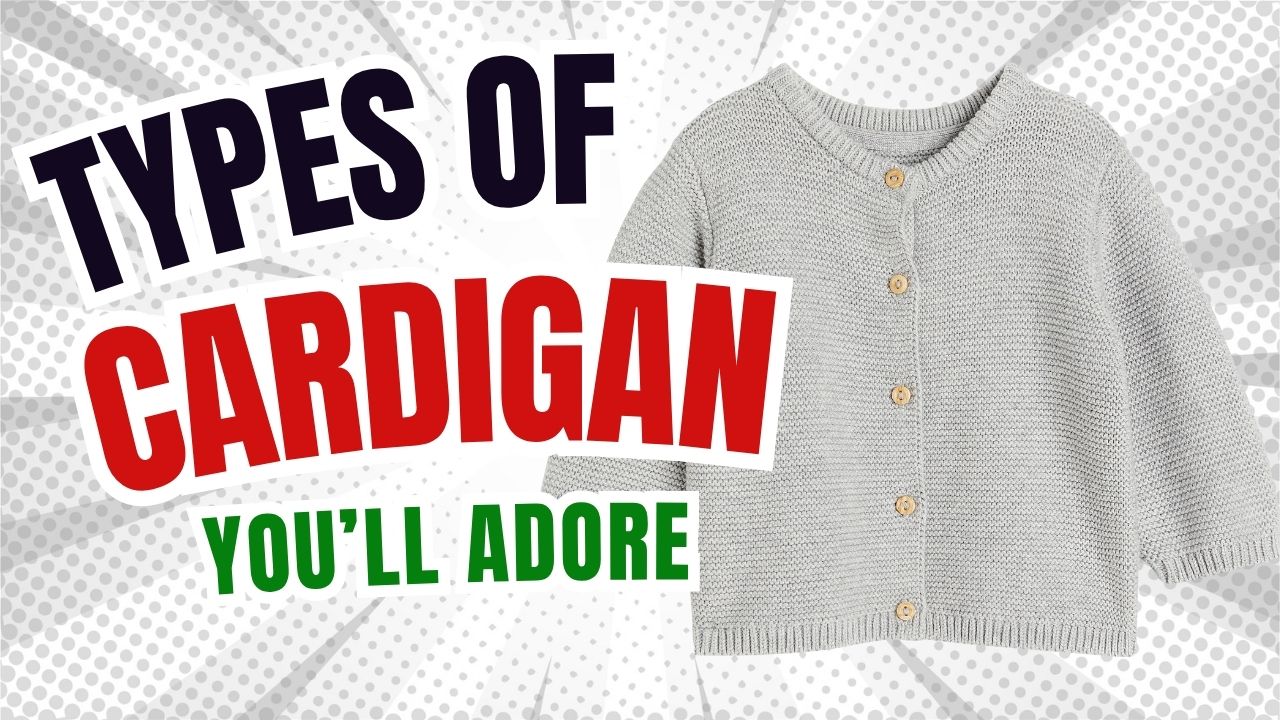When it comes to cuffing and rolling men’s pants, finding the best ways to style them depends a lot on the pant type, fabric, and your body size—whether you have a big or small frame. This guide shows how to adjust your cuff and roll based on the different types of pants you own, including Men’s Jeans – The Ultimate Guide essentials. From lightweight chinos to sturdy denim, the right technique can transform your outfit. Personally, I’ve found that understanding the fabric’s flexibility and how it interacts with your body shape is key; a loose cuff on rigid jeans looks sharp on taller guys, while smaller frames benefit from thinner rolls that avoid overwhelming their proportions. With the right approach, you can master cuffing to elevate any casual or smart look, ensuring your pants complement your style perfectly.
Cuffing & Rolling Men’s Pants Guide
FAQ
Q1: What’s the best cuff style for shorter men?
A1: For shorter men, use a slim cuff between 1–2 inches (2.5–5cm) to avoid visually shortening the legs and maintain proportion in your outfit.
Q2: How should pants be cuffed when wearing low-top shoes?
A2: Roll the pants once or twice with a cuff width of 1.5–2 inches (3.8–5cm); shorter men should stay closer to 1.5″. The cuff should hit just at or above the ankle bone.
Q3: What cuffing technique works best for slim-fit jeans?
A3: The simple cuff is ideal for slim-fit jeans, offering a sleek and clean appearance. It should be avoided with softer fabrics like chinos, where it can appear floppy.
Q4: What’s the key to cuffing pants for athletic or larger builds?
A4: Use sturdy fabrics like selvedge denim to avoid floppy cuffs. Avoid cuffing too short—keep the cuff close to the top of the shoe for a clean, sharp silhouette.
Q5: How does pant fabric affect the cuffing result?
A5: Heavy fabrics like denim hold wider cuffs well and look structured. Lighter fabrics like cotton or linen need slimmer cuffs or pinrolls to avoid looking messy.
Choosing the Right Cuff for Your Body Type
Understanding the cuff style that suits your body type is essential for perfecting how your pants look. While many methods of cuffing are fairly universal, some adjustments are necessary depending on different body types. The key is to follow guidelines that enhance your silhouette rather than overpower it. For example, slimmer frames often benefit from narrower cuffs to maintain proportion, while larger builds can handle a bit more fabric without losing balance. Knowing these subtle differences will help you pick the ideal cuff that complements your body shape and overall style.
Cuffing Tips for Larger Frames and Athletic Builds
For those with larger frames or athletic builds, it’s best to avoid cuffing your pants shorter than the top of your shoes unless you’re working with rigid materials like selvedge denim. Softer fabric tends to become floppy, which can create an unflattering look. Choosing a sturdy fabric helps maintain a clean silhouette, ensuring your cuff stays sharp and enhances your overall style.
Best Cuff Style for Shorter Guys
For shorter guys, keeping the cuff or roll thinner than normal—around 1-2 inches (or 2.5-5cm max)—is key. A slimmer cuff helps avoid making your legs look much shorter than they actually are. This straightforward modification can lead to a more harmonious outcome. appearance and elevate your overall look without overwhelming your frame.
How to Quickly Measure Your Cuff Width
A quick, somewhat dirty way to measure the cuff width is Utilize the joints of your fingers. Each segment of your index finger is approximately one inch in length., making it a handy tool to figure out the proper width. For example, a 2″ (or 5cm) wide The cuff would fall near the second or middle joint., which you can easily check by comparing it to the top of your cuff — just like in the picture.
The Simple Cuff Style
The simple cuff works best with slim-fit jeans, offering a cleaner, sleeker look that many clients appreciate. Be cautious when using this cuff with chinos or other pants made of softer fabric, as it can appear floppy around the ankles. This style is less suitable for straight-fit jeans, where your ankles might end up swimming in a bunch of fabric. For those cases, the pinroll cuff (explained in the next section) is a better choice. When cuffing your jeans, always have your shoes on to see the finished product and ensure the ankle is properly shown. Remember, this cuff pairs best with jeans that have a slight break at the hem, fitting the pant type perfectly.
How to Cuff with Low-Top Shoes
When wearing low-top shoes, the best way to cuff your jeans is to roll the pants once, keeping the width between 1.5” (3.8cm) and 2” (5cm). If you’re on the shorter side, aim for the smaller width, while taller individuals can go closer to 2”. Make sure the roll has the same thickness on both the front and back of the pants. After the second roll, the bottom of the cuff should just hit the outer or inner ankle bone, as shown in the image.
Cuffing with Boots or High-Top Shoes
When wearing boots or high-top shoes, follow similar rules as with low tops by doing at least two rolls and keeping the cuff width between 1.5″ (3.8cm) and 2″ (5cm) depending on your height. The bottom of the cuff should lightly graze the top of your shoe or boot, or go a little bit past it. In the image, pants rolled 3 times on the left and 2 times on the right are both acceptable lengths. Personally, I prefer 2 rolls since 3 can feel a bit too military for my tastes, but it’s all about what suits you best.
The Pinroll Cuff Explained
The pinroll cuff works great with both jeans and chinos, as this style eliminates the common the problem of your pants slipping down to your ankles when cuffed. To get it right, always start with your shoes on. If your pants aren’t fitting properly or are too long at the hem, the roll can end up looking big and chunky around the ankle, which you want to avoid.
Know How To Cuff Low-Top Shoes, High-Top Shoes, and Boots
Properly cuff your pants with low-top shoes, high-top shoes, or boots, start by pinching the fabric on the inside of your ankle so it feels snug against your leg. Then, fold the fabric toward your heel—this hides the fold better than folding it to the front. With your thumb holding the fold, begin rolling the cuff up with both hands. Keep the roll between 1 inch (2.5cm) and 2 inches (5cm) wide—lean toward the smaller size if you’re shorter and closer to the larger if you’re taller to maintain proper proportions for your stature. Roll the cuff twice to secure it; one roll won’t keep the excess fabric from coming undone. For low tops, the bottom of the cuff should hit around 3.8cm above your outer ankle bone, as shown in the image. You can roll up to 3 times if needed, but a 3-roll maximum applies except when wearing boots or high tops, where the cuff should just cover or lightly graze the top of the shoe when standing. The cuffs in the image are rolled twice.
Outfit Ideas
For a casual look, pair a navy crewneck sweater with olive chinos and finish the outfit with low-top sneakers for a relaxed yet stylish vibe.
Elevated Casual
For an elevated casual style, wear a black crewneck sweater with dark-wash jeans and lace-up boots to create a refined but relaxed look.
Business Casual
For business casual, combine a navy blazer with a light blue dress shirt, tan chinos, and white low-top sneakers for a polished yet comfortable outfit.
Consider Your Pant Fabric and Weight
The fabric of your pants greatly influences how your cuff will hold and look. Heavy denim or selvedge jeans typically keep their shape well, making wider cuffs look sharp and structured. On the other hand, lighter fabrics like cotton chinos or linen blends tend to be softer and more prone to floppy cuffs, which can make your look appear messy if not handled properly. When working with lighter pants, opt for slimmer cuffs or the pinroll technique to keep things tidy.
Match Cuff Style to Occasion
The way you cuff your pants can subtly change your outfit’s formality. A neatly folded simple cuff pairs well with casual and smart-casual outfits, while a pinroll cuff leans more casual and streetwear-inspired. For business casual settings, keep cuffs minimal or avoid cuffing altogether to maintain a cleaner silhouette.
Shoe Color and Cuff Interaction
Your cuff should help frame your shoes rather than distract from them. For example, a cuff that hits right above a sleek leather dress shoe draws attention to the clean line of your footwear, elevating the outfit. Conversely, with chunkier sneakers or boots, a slightly larger cuff or multiple rolls can balance the bulk of the shoe, creating harmony between the pants and footwear.
How to Uncuff Your Pants Stylishly
Sometimes, cuffing isn’t the answer — especially for formal or classic looks. Here are tips on how to wear pants without cuffs while still keeping style intact:
- Use a Slim or Straight Hem: Pants with a slight break that just touches the shoe create a clean line.
- Get Pants Tailored to Length: Properly hemmed pants eliminate the need for cuffing.
- Pair with Dress Shoes: Sleek shoes and no cuff create a polished, professional look.
Why You Should Master the Art of Cuffing
Cuffing pants isn’t just a style fad — it’s a practical way to:
- Show off your shoes and highlight your footwear choice.
- Adjust pant length on the fly without needing tailoring.
- Add personality and detail to otherwise simple outfits.
- Adapt to different environments, from casual hangouts to business casual events.
By mastering cuffing, you gain a versatile styling tool that can elevate your daily looks and give you greater control over your overall silhouette.
Final Thoughts
Perfect cuffing is a mix of style, proportion, and fabric awareness. Whether you’re rolling jeans to complement your sneakers or cuffing chinos for a smart-casual vibe, the key is subtlety and balance. Always consider your body type, pant material, and shoe style to decide the ideal cuff width and method. With these insights, you’re well on your way to making cuffing a defining feature of your wardrobe.







Leave a Comment
Your email address will not be published. Required fields are marked *